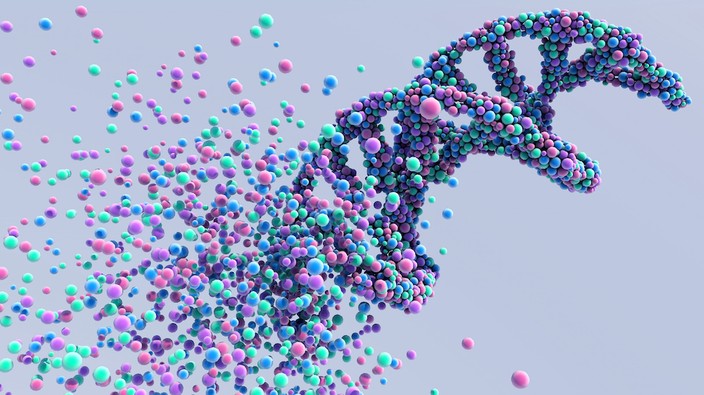smart bras, molecular imaging and genome sequencing: innovations take on breast cancer
the goal is to refine screening approaches for the general population. right now, women turn 50 and start having mammograms.
donated genome testing raises hopes for better treatment for autism
parents hope 100 donated genome tests worth $198,000 for autistic kids leads to more targeted treatments.
researchers find new links to alzheimer's
u.s. scientists find 13 new mutations that provide clues to the development of devastating neurological diseases.
 3 minute read
3 minute read









